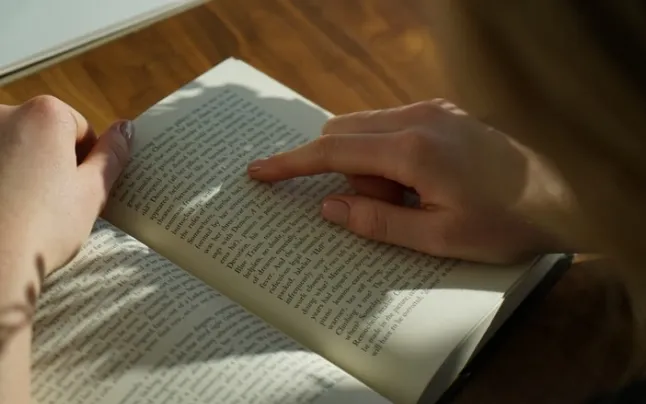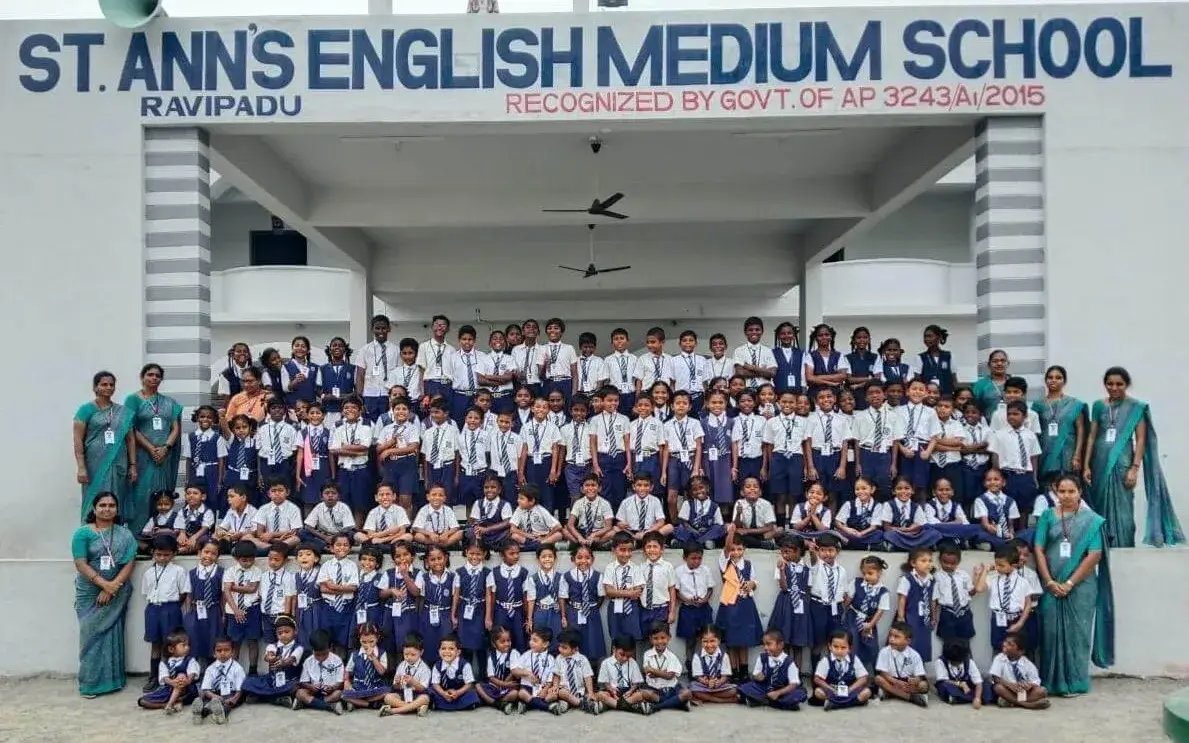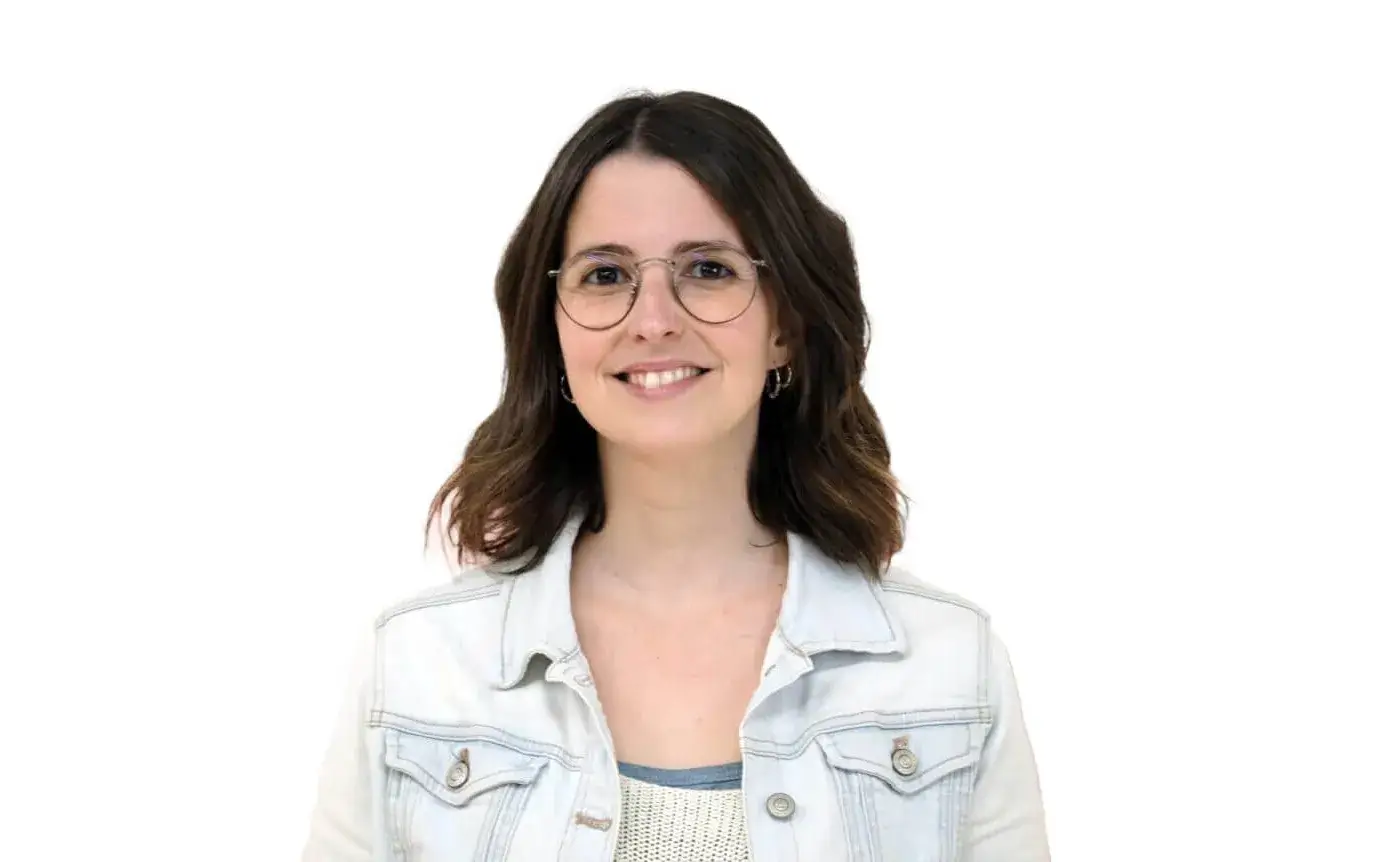Laia Vidal: “We’ve spent 20 years adapting the texts of organizations so they are accessible to all”
The person in charge of communication at the Easy-to-Read Association (ALF) highlights that Catalonia has the largest amount of books published following the guidelines of this international movement after Sweden.
Is Easy-to-Read the most inclusive way of writing?
This depends on the needs of the person reading. For a visually impaired person, Braille will be more inclusive than Easy-to-Read; but it is a way of writing that can benefit the largest number of people.
Who can benefit from Easy to Read?
The main beneficiaries of Easy-to-Read are people with reading difficulties: people with an intellectual disability, elderly people with cognitive impairment, newly arrived people who don’t speak Catalan or Spanish, students with learning difficulties (dyslexic, ADHD…)
But if a text is clear, simple and easy to understand, everyone can benefit. Think of a ramp to access a building: the main beneficiaries are people with reduced mobility, but everyone ends up using the ramp.
Do you think there is enough knowledge in society of Easy to Read?
For social sectors that include the beneficiaries it is becoming an essential tool that is well known and used. But for society at large and in some areas of the public administration, it is still totally unknown to many. That said, at the Easy-to-Read Association we’ve been doing content adaptation and dissemination for 20 years.
We also see that people often think of ETR after completing a project. Now that the project is ready, we want to make it accessible. This becomes more difficult and requires extra costs and efforts. Going back to the example of the ramp: if you build a building and include a ramp, this is much easier than if you build it, build stairs and, once it’s finished, you decide you want to add a ramp.
Which countries have more easy-to-read associations?
The ETR movement started off in Sweden in the 60s. In other European countries like Finland, Germany, Denmark, Austria or Italy ETR associations also exist.
In 2005 we held the foundational event for the International Easy-to-Read Network. This gradually grew and that is why we eventually created the Easy-to-Read network focusing more on Spain; this led to associations being created in the Basque Country, Madrid, Castile and León, Aragon… This network then expanded, in 2019, to countries in South America like Argentina or Colombia.
How does Catalonia stand in this movement?
At Easy-to-Read Association we have always engaged with international ETR movements and we have been pioneers in many aspects when it comes to adapting accessible contents. In fact, Catalonia is the second place with the largest number of ETR books published after Sweden.
What does the ETR seal that you offer to organisations certify?
The ETR seal identifies documents that follow the Easy-to-Read guidelines. It is a quality seal certifying that at the Association we have read through the document and we can guarantee that it really meets these guidelines.
We work with organisations and institutions from many different sectors: social, cultural, health, administration, legal…
What challenges does your association encounter today?
Reaching out to the public administrations and getting them to understand the crosscutting nature of ETR: that it should be used in all documents intended for citizens.
And what about education?
Here again, we would see that in educational institutions ETR texts are, as a whole, missing. It’s up to teachers (and even parents) to adapt contents, but ETR general educational texts are absent.
Another challenge is to get more ETR books published, involving publishers to publish accessible collections, especially for contemporary literature.







Add new comment